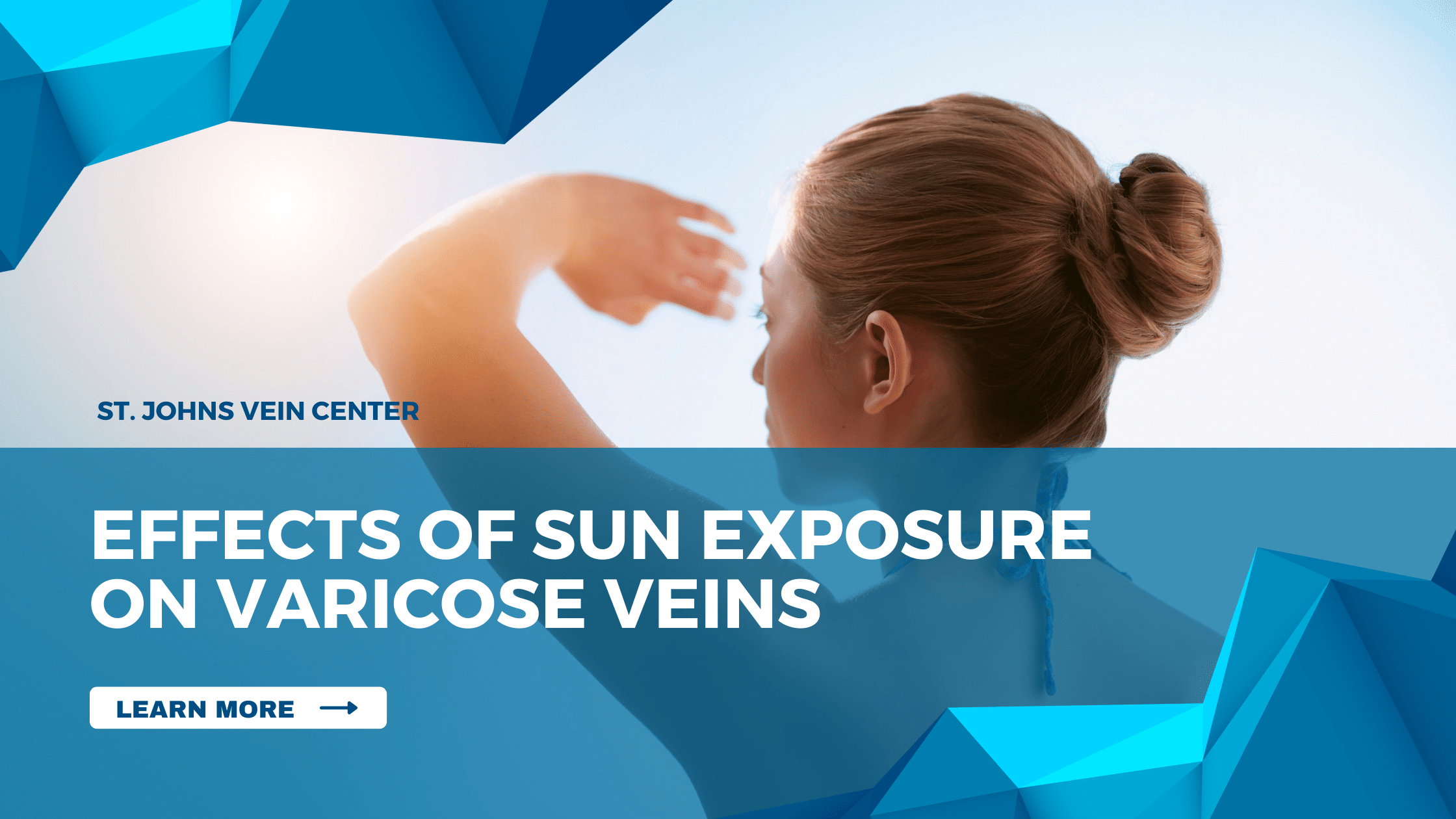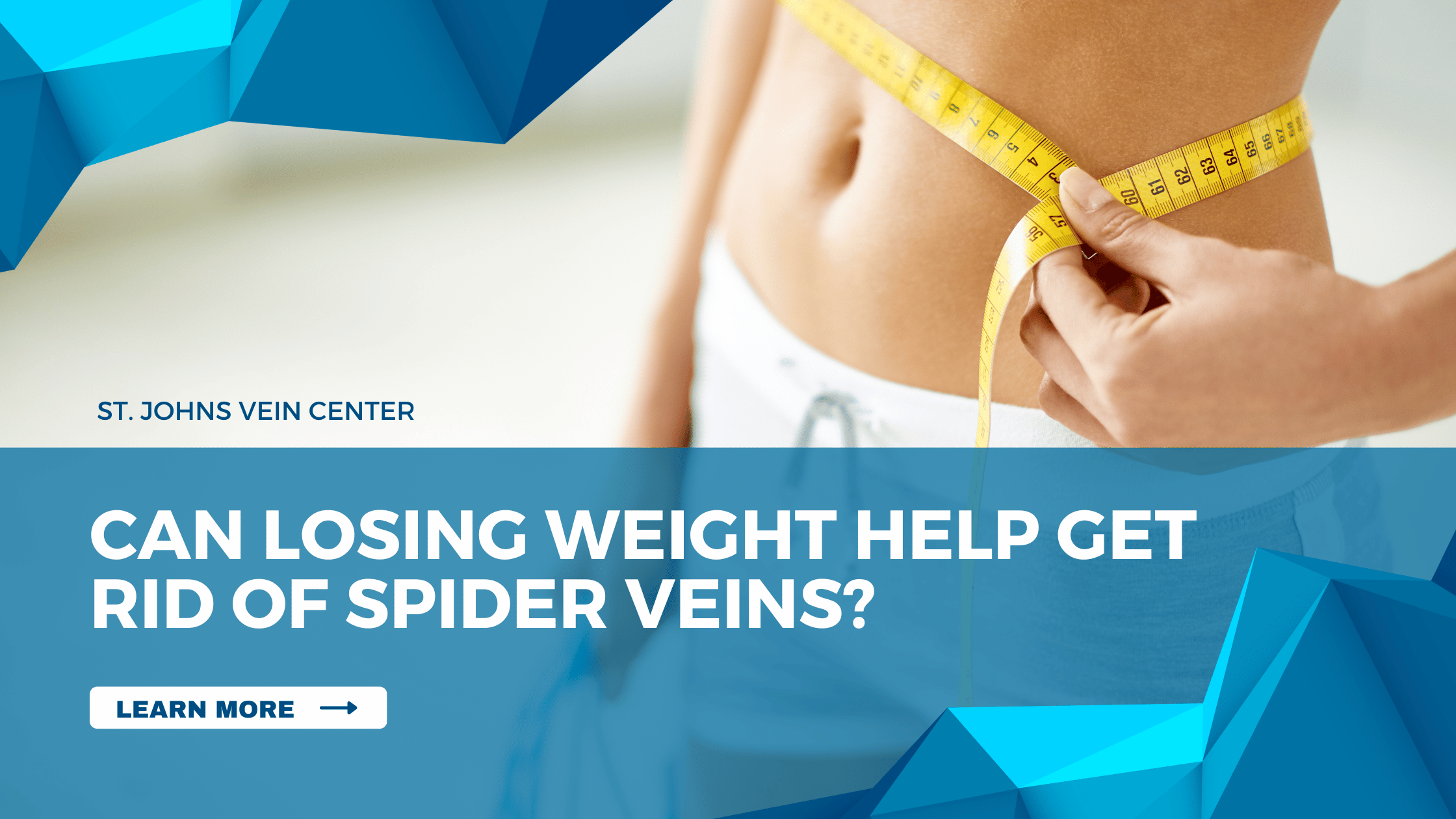Recently we interviewed Dr. Kendall Adkisson & Dr. Florence O’Connell of Intracoastal Dermatology to get an idea of how dermatologists approach their patient’s spider vein and varicosity issues. Here are the answers to understanding vein disease and how it’s more than skin deep.
What is the normal protocol in your office for patients who experience spider veins and varicosities?
First, we take a good medical history including family history and if they have they had children. We also ask if there are any associated symptoms such as leg swelling, ulceration or pain. Those are all important to assess. It’s also important to ask what you do for a living. Do you stand for long periods of time? We also do a physical exam to assess the pulses to see if there is evidence of arterial disease and do a thorough skin exam to see the extent of the varicosities as well.
Are there any misconceptions about spider veins?
The most common misconception is that people think spider veins become varicose veins and they don’t. They are different vascular entities. Spider veins are much smaller than varicose veins. About the size of a pencil lead. Spider veins are flat on the skin, red, pink or purple. They’re usually about 2mm in diameter.
Varicose veins are thicker, bluish in color and greater than 2mm. They’re larger and bluish or sometimes skin tone. Spider veins are mainly a cosmetic issue whereas varicose veins can become more than a cosmetic issue if left untreated. They can lead to other problems including skin color changes, swelling of the legs, tenderness of the areas and in the worst cases- veinous ulcerations. People that do have varicose veins can develop spider veins due to increased pressure in the area.
Is there anything I can do for the prevention of spider veins?
Yes, there are some things you can do to prevent spider veins including keeping ones legs elevated when watching tv or reading a book in the evening. During the day, try not to cross your legs when you’re seated or sit in a way that can compress your veins. Also, weight control is important is well. The heavier we are the more of a challenge it is on our vascular system. Also, compression stockings are great to help with varicose veins and spider veins but also to help with leg swelling.
When should someone should seek a vein specialist for treatment?
There are definitely times when someone should seek treatment from a vein specialist. Anytime there is pain, swelling of the leg or any ulceration. You should definitely seek a specialist at that time.
What are the symptoms of vein ulcers?
Depending on the type of ulcer you have. Your symptoms can present differently. For a venous ulcer, the ulcer appears very shallow, irregular in shape. They’re more common on the medial or inside aspect of the lower leg. Sometimes you’ll also notice some brown discoloration or hemosiderin deposition in venous ulcers. Arterial ulcers tend to be more well defined or punched out or have a circumscribed border. They are other symptoms like pale legs and shiny skin or no hair growth on the lower leg. Arterial ulcers also tend to be on the lateral or outside aspect of the leg.
What is the treatment for ulcers?
The most important aspect of the management of ulcers is treatment of the underlying venous disease because if that is not treated, the ulcers will just perpetuate. After that careful wound care and referral to an excellent wound care specialist is essential.
Have questions? Call us 904-402-VEIN (8346) or send us an email to schedule your consultation!



